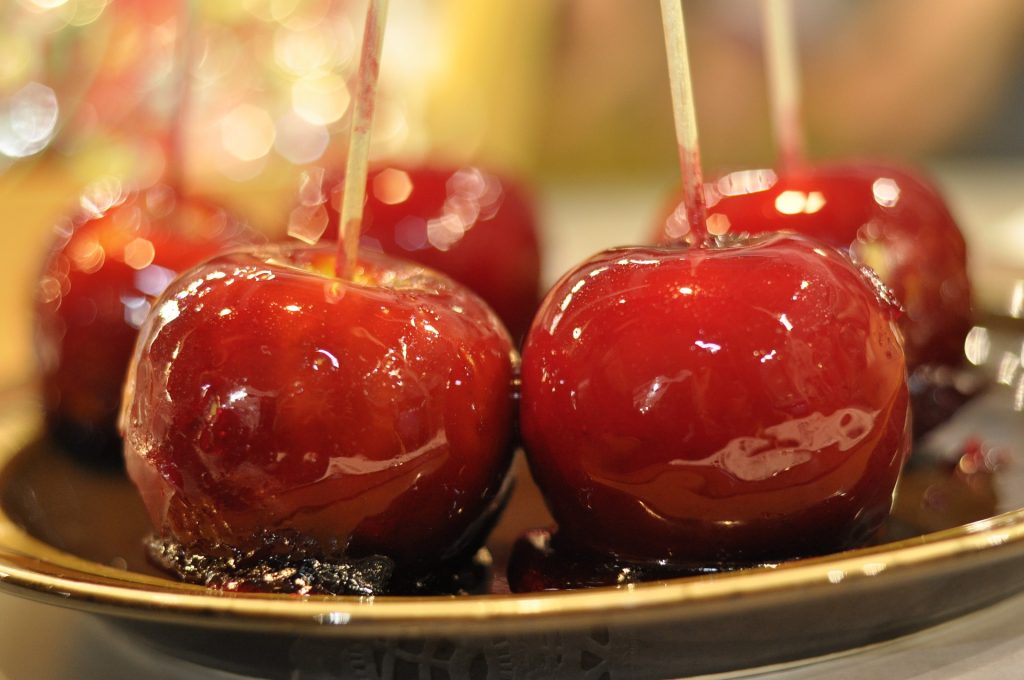 Halloween is supposed to be an evening of pure joy for American families, but parents are becoming increasingly worried about the candy their children receive from strangers. While contaminated Halloween candy is rare, there may be other dangers lurking in plastic cauldrons. Read below for tips and tricks on how to keep Halloween safe and fun for kids and adults in Dallas.
Halloween is supposed to be an evening of pure joy for American families, but parents are becoming increasingly worried about the candy their children receive from strangers. While contaminated Halloween candy is rare, there may be other dangers lurking in plastic cauldrons. Read below for tips and tricks on how to keep Halloween safe and fun for kids and adults in Dallas.
Do People Really Poison or Tamper with Halloween Candy?
As many scary stories as we hear about poisoned or otherwise tampered-with Halloween candy given out by strangers looking to cause harm, there have been virtually no reported cases of this type of incident across the United States. The only known incident of a stranger tampering with candy given to random children occurred in 2000.
James Joseph Smith of Minneapolis allegedly stuck needles in the candy bars he handed out to trick-or-treaters on Halloween night in 2000. While several of the children bit into the bars, only one teenager was injured. The teen was pricked by a needle, but suffered a minor injury and did not need medical assistance.
In 1974, an 8-year-old boy named Timothy O’Bryan died after eating cyanide-laced Pixy Stix while trick-or-treating. Three other children were offered the poisoned candy as well, but turned it down. The public’s initial fear was that a deranged homeowner had targeted random children with poison. It turned out that the boy’s father committed the murder in order to collect on a life insurance payout. The use of Halloween candy was a cover-up to make the attack appear random (Mental Floss).
This idea of this “stranger danger” is so prevalent that there are entire articles and webpages devoted to poisoned candy myths and urban legends. While there has yet to be a proven case of strangers killing children in this way, parents should continue to be vigilant in confirming the safety of the candy their children consume.
Other Ways Halloween Treats Can Cause Harm
While purposely-altered candy may be less common than you think, there are other ways in which Halloween treats can cause harm. In fact, a classic Halloween treat can actually poison you when handled incorrectly.
In 2014, 34 people were hospitalized after they developed a listeria infection from eating caramel apples. Caramel apples develop this bacteria when left out at room temperature. These traditional Halloween treats should always be eaten fresh out of the fridge (Popular Science).
This rule applies to finger sandwiches, cheese platters, fruit or tossed salads, cold pasta dishes, seafood, cream pies, and cakes with whipped cream and/or cream cheese frosting as well. In fact, foodborne illnesses related to Halloween treats are a much bigger problem than contaminated candy. Other possibly dangerous Halloween treats include:
- Cider. Unpasteurized juice or cider can contain Salmonella bacteria.
- Raw cookie dough or cake batter. Those of us who like to sample our Halloween cookies or cakes before they are baked should beware. Raw eggs can also contain harmful bacteria like Salmonella.
Tips and Tricks for Extra-Safe Halloween Candy Consumption
In addition to following correct food-handling procedures to avoid bacteria-related illnesses, there are other precautions you can take to make this year’s Halloween the safest yet:
- Your children might make themselves ill by eating too much candy on an empty stomach. Give kids a snack before leaving for trick-or-treating and encourage them to wait until you get home to start eating candy. This is especially important if your child has food allergies that could cause harm.
- Avoid homemade treats. This an increasingly common Halloween standard in the United States—only commercially wrapped candy allowed. Tell your children not to accept homemade Halloween treats from strangers. This practice prevents danger in two ways: packaged candy is far less likely to have been left out to go bad, and there is little possibility of a stranger poisoning or altering the candy.
- For small children, remove choking hazards from their candy stash. This includes gum, peanuts, hard candies, or small toys (foodsafety.gov).
Who Is Responsible for Halloween Food Poisoning?
In the event that an individual purposely poisoned or otherwise tampered with candy, that person may be held liable in criminal and civil court for the victim’s injuries.
If your child suffers from food poisoning after consumption of Halloween treats, the individual who gave out the candy, the store where the candy was sold, and/or the manufacturer of the candy could all potentially be held liable for their part in putting contaminated candy in the hands of children.
However, proving a food-poisoning claim in Dallas can be difficult because the symptoms are similar to the stomach flu, and because kids are sometimes ill from eating too many sweets. If your child becomes seriously ill after consuming Halloween treats, you should contact a Dallas personal injury attorney as soon as possible. An experienced lawyer will help determine the cause of the illness and ensure that the responsible party is held responsible. If you suspect you have a case, contact Crowe Arnold & Majors, LLP at (214) 231-0555 for a consultation at no charge.





